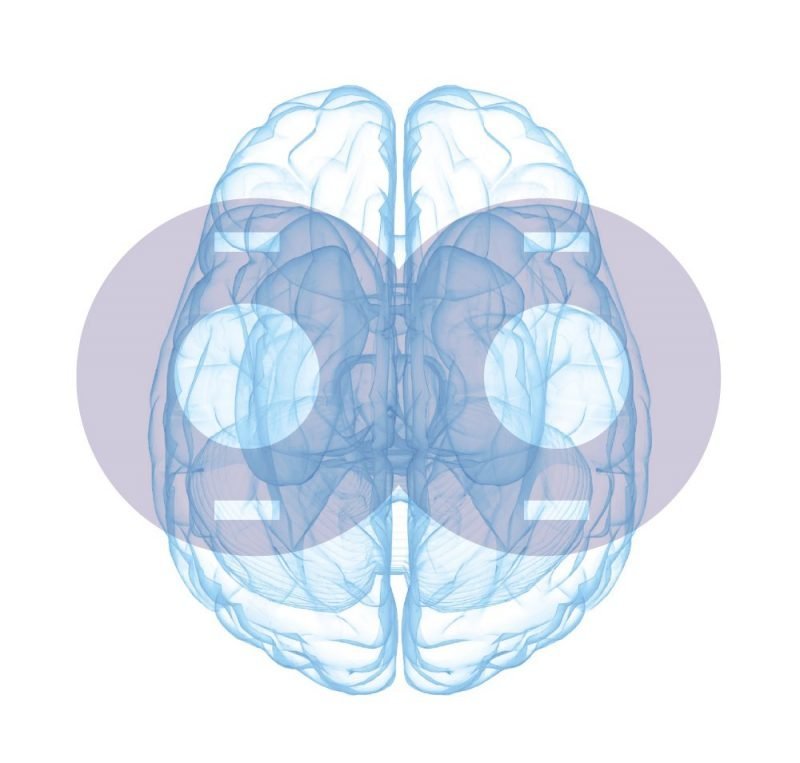What is Neuromodulation?



The definition of Neuromodulation
Neuromodulation is defined as “the alteration of nerve activity through the delivery of a stimulus”. There are several types of neuro-modulatory stimuli, each with different attributes and applications.
Types of Neuromodulation
Neuro-modulatory stimuli can be delivered in the form of magnetic pulses such as with TMS and peripheral magnetic stimulation (PMS), electrical stimulation such as with deep brain stimulation (DBS), transcranial direct current stimulation (tDCS), ECT, and VNS, or pharmacological stimulation using medicines.
Applications
Applications for neuromodulation include diagnostics, therapies for a wide range of disorders, as well as a tool for medical and neuroscientific research. As neuromodulation is a widely diverse field, applications are individual to the type of stimulation.
Magnetic stimulation, as delivered by Magstim stimulators, is versatile as well as being non-invasive. Magstim stimulators can be used to stimulate peripheral nerves or the human cortex for clinical, diagnostic and in some cases therapeutic use; and as a research tool for the investigation of anatomy, physiology and potential therapeutic effects.
Neuromodulators

Non-Invasive
Magnetic stimulation enables deep, and otherwise inaccessible, nerves to be stimulated easily and
relatively painlessly with no skin preparation required.

Innovative
We believe in developing optimum neuromodulation solutions, enabling ground breaking neuroscience, medical research & diagnostics.

Versatile
Our range of stimulators and coils provide cost-effective, flexible solutions for a wide range of applications such as PMS, rTMS, iTBS or diagnostics.


